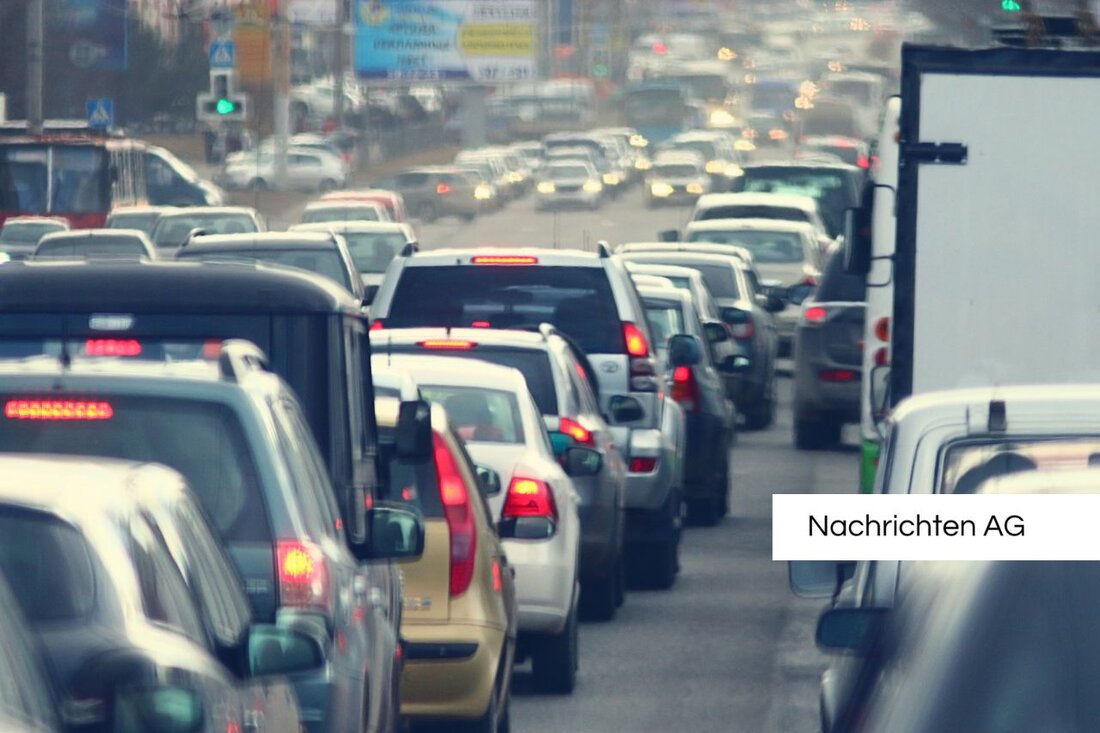Current traffic situation in the Dahme-Spreewald: traffic jams and construction sites at a glance
Find out the current traffic situation in Dahme-Spreewald on June 25th, 2025: traffic jams, accidents and construction sites on important routes.

Current traffic situation in the Dahme-Spreewald: traffic jams and construction sites at a glance
Today's date, June 25, 2025, gives us a comprehensive overview of the traffic situation in Dahme-Spreewald. Loud maz-online.de Traffic jams, construction sites and accidents on the most important traffic axes continue to be a hot topic.
The data comes from TomTom, a leading provider of navigation systems that uses GPS coordinates from millions of devices and over 80 million mobile devices. This data is updated every five minutes, enabling accurate and timely traffic monitoring.
Traffic overview for Dahme-Spreewald
The highways in the region are particularly affected. The A10, the southern and eastern ring from the Nuthetal triangle to the Spreeau triangle, as well as the A12 between the Spreeau triangle and Fürstenwalde are in focus. The A13 to the Spreewald triangle and the A113 motorway access road from Neukölln to the Schönefeld triangle also show significant traffic losses. But it's not just the motorways that are affected, federal roads such as the B101 and B96 are also attracting increased traffic volumes, which further complicates the situation.
However, there are currently no serious types of danger on construction sites like this verkehrslage.de reported. Construction sites are often only set up at short notice in order to repair surfaces and increase traffic safety. However, it is important to be particularly careful in wintry conditions such as black ice, as this applies to all road users.
The importance of mobility data
Mobility data plays a crucial role in the development of future-oriented solutions in transport infrastructure. Loud forschungsinformationsysteme.de They support the federal government, states, municipalities and companies in planning and implementing transport concepts. The comprehensive traffic analysis “Traffic in Numbers” alone shows how important this information is. It contains data on traffic volume, accidents and emissions over decades.
The precise collection of data, be it through surveys or automatic counts on the streets, helps to better understand and specifically improve the mobility of the population. Such datasets are important not only to policymakers, but also to the public who interact with these infrastructures on a daily basis.
Finally, it remains to be said: Pay attention to the current warnings while driving and be considerate of other road users. Traffic safety should always be the top priority!

 Suche
Suche
 Mein Konto
Mein Konto